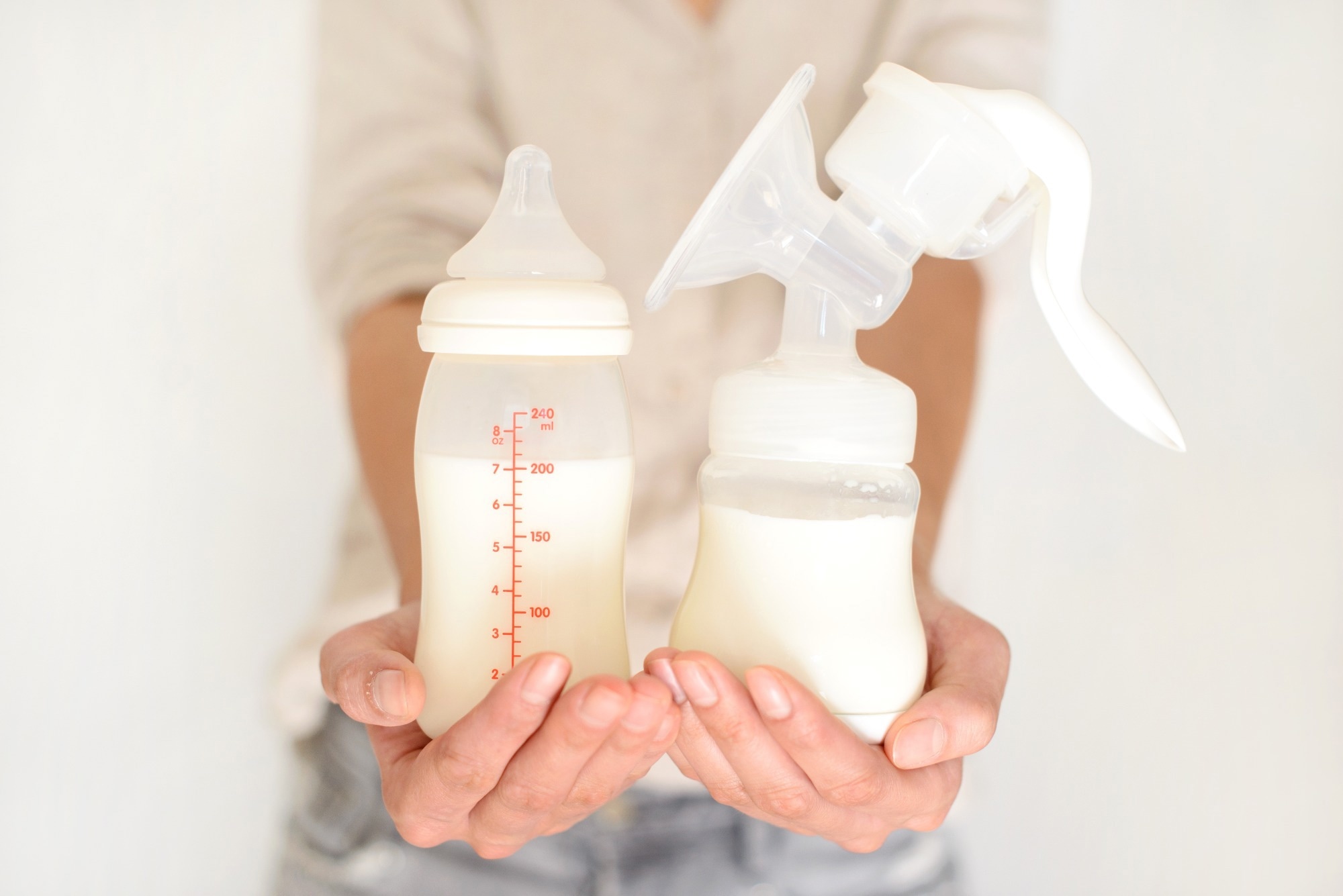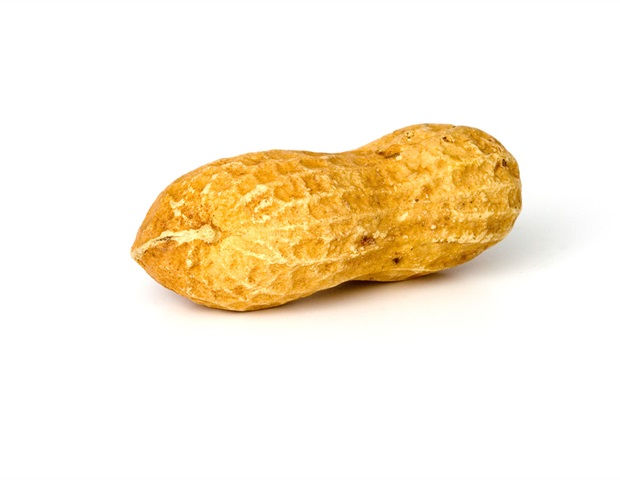In a recent review published in the journal Nutrients, researchers collated studies on the epigenetic advantages of breast milk feeding and neurodevelopment in infants.

The synthesis reveals that human breast milk is a treasure trove for biomolecules, including micro-RNAs (miRNAs), long-non-coding-RNAs (lncRNAs), stem cells, and gut microbiome colony seed components.
These biomolecules have been reported to positively affect preterm-born children via improved neurodevelopment and elucidate the association between breastfeeding and mechanisms underpinning the Developmental Origins of Health and Disease (DOHaD) concept.
Developmental plasticity
About five decades ago, the worldview held by the scientific community was that an individual’s health and well-being, especially related to non-communicable diseases, was a function of the individual’s genome.
Epigenetics, stable changes in cell function that do not involve alterations in the DNA sequence, were assumed to play little to no role in the individual’s phenotypic expression on non-communicable diseases. This worldview failed to explain the prevalence of cancers and other non-communicable conditions and has since been replaced by hypotheses that incorporate environmental variables into the mix.
Of these, the most popular are the fetal origins of adult disease (FOAD) hypothesis and its refined, expanded form, the Developmental Origins of Health and Disease (DOHaD) concept.
These were postulated by Dr. David Barker, an epidemiologist, in 1986, and suggest that “environmental exposures during early life, in both prenatal and postnatal period, can permanently influence health and the vulnerability to disease in later life by “programming” the phenotype without altering the genotype.”
The ‘programming’ processes refer to epigenetic modifications, including histone modifications, DNA methylation, and the switching on or off of genes responsible for modulating non-coding RNAs. Research has shown that the initial 1,000 days following conception is essential in determining future development and health. Human breast milk has been found to modify epigenetic mechanisms in infants postnatally and reduce non-communicable disease expression intergenerationally.
Several studies have also shown that breast milk feeding, especially with mother’s own milk, is associated with improved neurodevelopmental outcomes in both full-term and pre-term infants, whereas longer duration of exclusive breastfeeding has been linked to higher intelligence quotients and improved cognitive development. A positive impact of breast milk feeding on structural brain development in pre-term babies has been demonstrated using brain magnetic resonance imaging (MRI).
Gialeli et al. (2023)
The biological mechanisms underlying breast milk consumption and neuronal development remain unverified. The present review aims to elucidate this association by discussing the roles of miRNAs, lncRNAs, stem cells, and gut microbiome colony seed components in these processes.
About the study
This narrative review was synthesized using publications accessed from the PubMed, ScienceDirect, Google Scholar, and Medline databases between 4th August 2023. Articles containing research on humans and animals were included in the review, while those not in English, not having easily available full texts, or comprising the ‘grey area’ of research were excluded.
miRNAs
Micro-RNAs are small, non-coding RNA molecules 18–25 nucleotides long, noteworthy for their involvement in post-transcriptional gene regulation. They have been found to affect protein synthesis from messenger RNA (mRNA) via mRNA translation inhibition, affecting up to 60% of gene expression. Micro-RNAs in breast milk have been found both free-floating and within exosomes.
Exomes are a class of extracellular vesicles (EVs) that are resistant to digestion and can cross the blood-brain barrier.
Breast milk contains the highest concentration of miRNAs in human body fluids, with over 1,400 miRNAs in breast milk hitherto discovered. Recent research has identified that milk’s cell and lipid fractions have much higher miRNA concentrations than the conventionally focused skim milk fractions.
The composition of miRNAs in breast milk varies with the lactation stage and between fore- and hind milk. Maternal ailments, including diabetes mellitus (DM), obesity, diet, and psychosocial factors, including stress, also alter miRNA expression in breast milk.
Several miRNAs in breast milk have been found to improve infants’ neuronal development.
let-7 miRNAs are highly expressed in the developing mammalian brain and regulate neural cell proliferation and differentiation. Furthermore, Walgrave et al. have demonstrated that introducing miR-132, an miRNA existing also in human milk, into the hippocampus of adult mice with Alzheimer’s disease restores adult hippocampal neurogenesis and improves memory deficits associated with the disease. These findings highlight the potential therapeutic value of targeting miR-132 in addressing neurodegeneration.
Gialeli et al. (2023)
Research on miRNAs identifies these molecules, well-established epigenetic regulators, as abundant in human mothers’ milk, wherein the latter’s physiological state may alter the former’s neuroprotective effects. These RNAs can cross the blood-brain barrier and may play a crucial role in infants’ neurodevelopment and function.
lncRNAs
Long non-coding RNAs are larger than miRNAs, typically comprising 200 nucleotides. Research into lncRNAs is far more scant than that on miRNAs, but they have been shown to depict age-dependent expression patterns and are involved with the modulation of neural cell fate.
Alterations and mutations of lncRNAs have been associated with neurodevelopmental or neuropsychiatric disorders, including autism spectrum disorder (ASD) and schizophrenia.
Term breast milk shows stark differences in expression compared to pre-term milk, with the former being more than twice as concentrated as the latter. Non-coding RNA activated at DNA damage (NORAD) is a unique lncRNAs notable for being highly conserved, abundantly expressed, and upregulated upon DNA damage, with its main function to maintain chromosomal stability in human cells.
The ‘guardian of the human genome,’ NORAD has been shown to be highly upregulated in term milk compared to pre-term milk.
NORAD has been proven to demonstrate a protective role in mitigating brain damage, cellular apoptosis, oxidative stress, and inflammation induced by cerebral ischemia/reperfusion injury. Its protective mechanism involves the regulation of miR-30a-5p and subsequent upregulation of YWHAG expression. It could be suggested that utilizing lncRNAs, especially NORAD, isolated from human milk may offer a potential way to safeguard premature infants and improve their neurodevelopmental outcomes.
Gialeli et al. (2023)
Compared to miRNAs, lncRNAs remain understudied, and the little research there is has only come from immunological and metabolic standpoints. Additional research is required to elucidate the role of lncRNAs in infants’ neuronal development.
Stem cells
Stem cells are cells with the potential to develop into many different types of cells in the body. They serve as a repair system for the body. In contrast, differentiated ‘adult’ cells conventionally maintain their structural and functional commitments, albeit recent research shows promise in inducing cellular plasticity in these cells.
Human breast milk was found to contain populations of stem cells as early as 2007. This is important because research has shown that, in animal models, breast milk stem cells can survive digestion and can cross the blood-brain barrier, where they can cause the genesis of new neuronal and glial cells.
Human milk stem cells have been found to contain biomolecules, including miRNAs which may act as epigenetic factors in neural development. However, the field remains novel, with additional research required to establish the mechanisms and effects of breastfeeding on infants’ health via stem cells.
Microbiome
The ‘microbiome’ refers to the community of microorganisms (such as fungi, bacteria, and viruses) that exist in a particular environment. In humans, this comprises the genomes of all symbiotic and pathogenic microorganisms that coinhabit our bodies.
Upon the discovery of microorganisms in breast milk, their presence was initially attributed to contamination. However, recent research has utilized high-throughput next-generation sequencing to highlight that phyla comprising Proteobacteria, Firmicutes, Actinobacteria, and Bacteroidetes are commonly found in human breast milk, and bacterial communities in milk vary substantially based on lactation stage.
Microbial communities in human breast milk are complex and diverse, affected by maternal factors, including body-mass index (BMI) and pre-existing health conditions.
However, research has shown that probiotic administration during pregnancy and ascribing to poor health behaviors, including smoking, did not substantially alter microbial communities in breast milk, implying the importance of specific phyla and genera in mothers’ milk.
There is evidence that the gut microbiome during early life contributes to the establishment of epigenetic modifications and it is also associated with brain development and neurodevelopment. The colonization of the infant’s intestine after birth, influenced by maternal flora, delivery method, early skin-to-skin contact, and neonatal diet, results in specific epigenetic patterns that can influence the protective function of the gut mucosa against future insults.
Gialeli et al. (2023)
The mechanisms through which breast milk microbiome influences the neural development of infants remain to be revealed.
Conclusions
The present narrative review discussed the role of human breast milk in infants’ neural development and protection. A number of biomolecules found in breast milk, especially miRNAs, lncRNAs, stem cells, and microbiome components, may play a crucial role in the healthy neural development of children, especially in early life stages.
The comprehensive insights shared in this review aim to provide clarity on the link between breastfeeding and the fundamental mechanisms driving the Developmental Origins of Health and Disease (DOHaD) concept. By discussing the potential contributions of bioactive elements in breast milk, such as miRNAs, lncRNAs, stem cells, and the microbiome, to neurodevelopment through epigenetic processes, this study provides a compelling link between early life experiences and enduring health consequences in both pre-term- and term-born infants.
Gialeli et al. (2023)

 PARENTING TIPS
PARENTING TIPS







 PREGNANCY
PREGNANCY








 BABY CARE
BABY CARE








 TODDLERS
TODDLERS








 TEENS
TEENS








 HEALTH CARE
HEALTH CARE







 ACTIVITIES & CRAFTS
ACTIVITIES & CRAFTS








 CONTACT
CONTACT ABOUT
ABOUT


